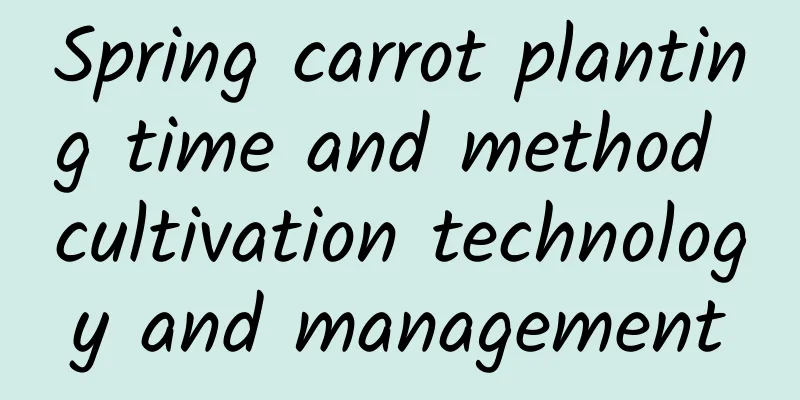You can tell whether the flowers you grow are shade-tolerant by looking at their leaves!

Distinguish by leaf shape1. Most of the trees with pine-like leaves like sunshine, such as cedar, larch, and five-needle pine; 2. Most of the plants with flat or scaly leaves are slightly shade-tolerant, such as Platycladus orientalis, Bamboo cypress, Podocarpus, etc. 3. Most deciduous plants like sunshine, such as chrysanthemum, rose, plum blossom, etc. 4. Most evergreen plants prefer semi-shade, such as Monstera, Pachira aquatica, and Dieffenbachia. Distinguish according to the density of leaves1. Generally speaking, flowers with small and dense leaves mostly like shade, such as asparagus fern, asparagus, maidenhair fern, etc. 2. Flowers with sparse leaves and spreading leaves mostly like the sun, such as morning glory, impatiens, oleander, etc. Judging by the color of the leavesGenerally speaking, plants with colorful or variegated leaves require more light. When the light is too weak, the leaves are prone to fade and lose color, such as variegated wood, tricolor iron, coleus, etc. Judging by the thickness of the leaves1. Most flowers and plants with thicker leaves are shade-tolerant, such as rubber trees, Clivia, and golden holly. These flowers and plants do not require much light and can grow normally with scattered light; 2. Flowers with thinner leaves, such as the weeping angel and monstera, can only grow normally in a bright environment. Judging by whether the plant is floweringGenerally speaking, flowering plants require more light, such as roses, osmanthus, morning glory, dahlia, etc., while foliage plants require less light, such as green ivy, spider plants, asparagus ferns, etc. Flower lovers, now you know whether the flowers you grow are light-loving. |
<<: If you keep a rhododendron bonsai at home, you will feel very proud during the Chinese New Year!
>>: How to propagate roundleaf arrowroot
Recommend
Rose's growing environment and growing conditions
Rose Growth Environment and Conditions Roses pref...
Corn Planting Conditions Planting Areas and Climate Requirements
Corn Introduction Corn is a very important food c...
How to grow cymbidium
1. Soil Use It is best to use loose, breathable a...
What fertilizer is good for peanut topdressing?
Peanut topdressing time 1. Seedling stage: When t...
Cultivation methods and precautions of Glorious Years sunflower
Glorious Years is a variety of sunflower. This pl...
Fertilizing is simple, but are you doing it right? Learn this method and it will be easier to bloom
There are many things to pay attention to when fe...
How to cultivate Jiqing fruit
1. Soil The Jiqing fruit likes to grow in fertile...
How to divide Jade Dew
Time for division of Jade Dew Jade is a plant of ...
The difference between cymbidium and phalaenopsis, which one is easier to grow
1. The difference between Cymbidium and Phalaenop...
How to trim mirror grass
When to mow mirror grass The pruning time for mir...
Advantages and disadvantages of Perjuk roses
"Perjuk", also known as "Peach&quo...
How to sow the seeds of Aglaonema
Method of sowing the seeds of Aglaonema One of th...
Key points for wheat field management in February
February includes two solar terms, namely Lichun ...
How often should I water my Clivia?
1. How often should I water? 1. Spring: The frequ...
Cultivation methods and precautions of rice bamboo
1. Soil It likes acidic soil, so pay attention to...









